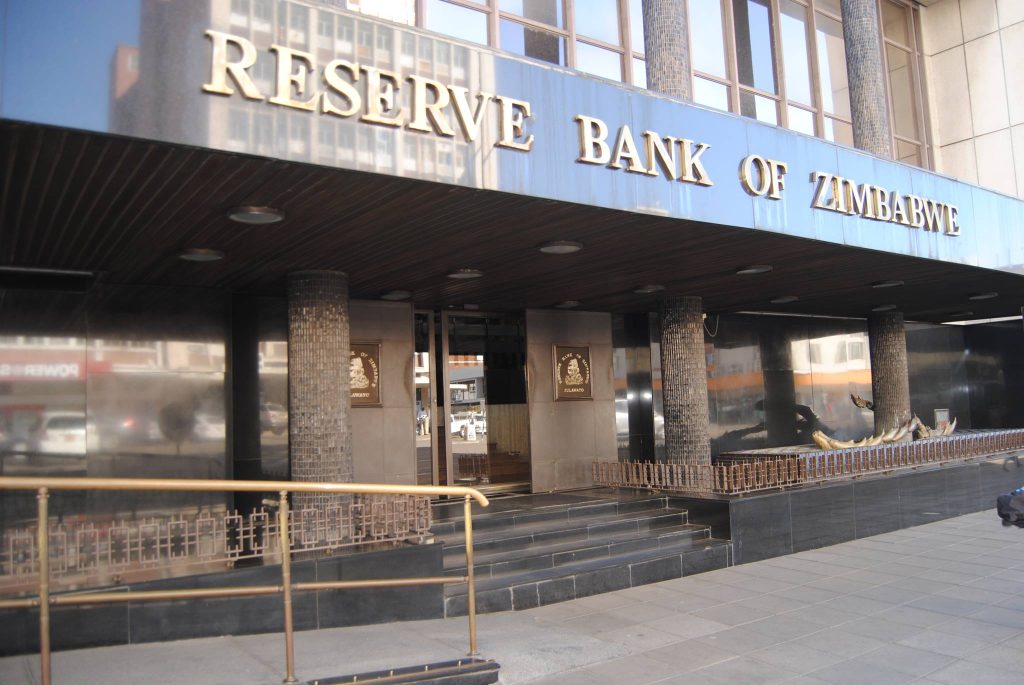ZIMBABWE’S central bank became the second in Africa, after Angola, to cut its key interest rate twice this year, as inflation is forecast to ease further.
The monetary policy committee reduced the world’s highest benchmark interest rate to 140 percent from 150 percent, governor John Mangudya said in a statement on Thursday. That follows a 5 000 basis point cut in February.
“Domestic inflationary pressures in the economy continued dissipating as a result of fiscal discipline, the tight monetary policy and enhanced monitoring and enforcement of market discipline by the Financial Intelligence Unit,” Mangudya said.
The reduction makes Zimbabwe an outlier at a time when most central banks are either hiking interest rates or standing pat as price shocks caused by a strong dollar, Russia’s war in Ukraine, supplychain disruptions and extreme weather persist into 2023.
The annual blended inflation rate, which tracks prices in both US and Zimbabwean dollars, fell to 87.6 percent in March, a nine-month low. The measure was adopted as the official gauge by the statistics agency this month because it’s seen as a better indication of economic conditions. As much as 77 percent of transactions are in the greenback, it said.
Annual inflation in localcurrency terms, which the MPC still uses to decide on interest rates, slowed to a fivemonth low of 229.8 percent in January and prices rose 1.1 percent in the month. The statistics agency said it hasn’t published February and March data as the law only compels it to release the blended inflation rate.
Read more: Central Bank With World’s Highest Rates to Retain Old CPI Gauge The unavailability of localcurrency inflation data has been a point of contention for labour unions that use it as a reference in wage talks with employers.
A weakening exchange rate is the main driver of localcurrency inflation, according to Shelton Sibanda, the chief investment officer at Imara Asset Management, the country’s oldest brokerage. “You still need to publish that number separately,” Sibanda said. “The same applies to US dollar inflation which is predominantly impacted by global trends.” — Bloomberg
